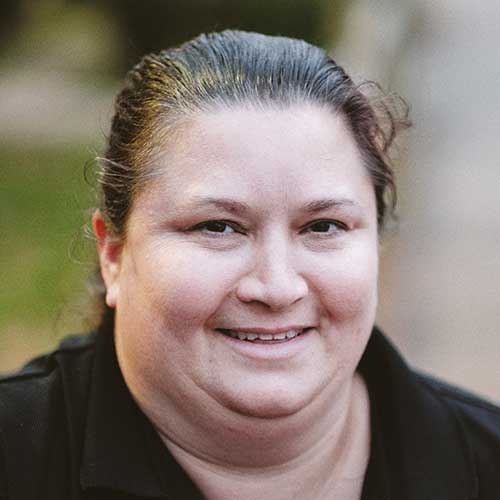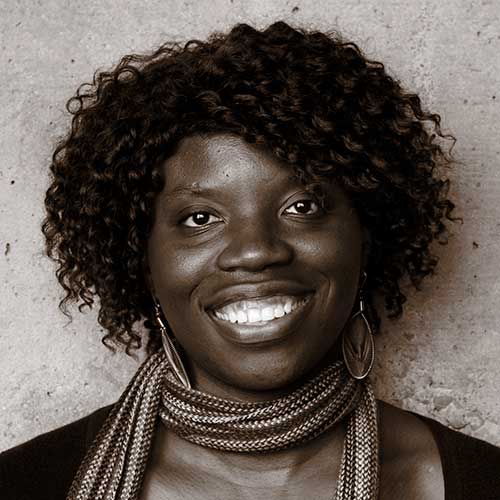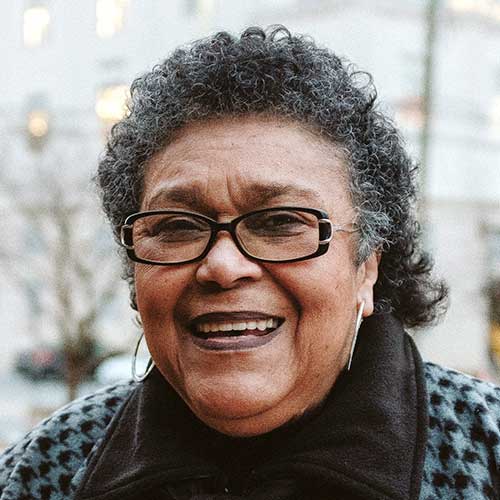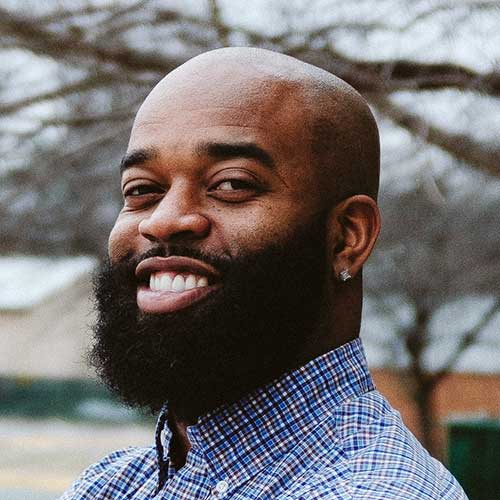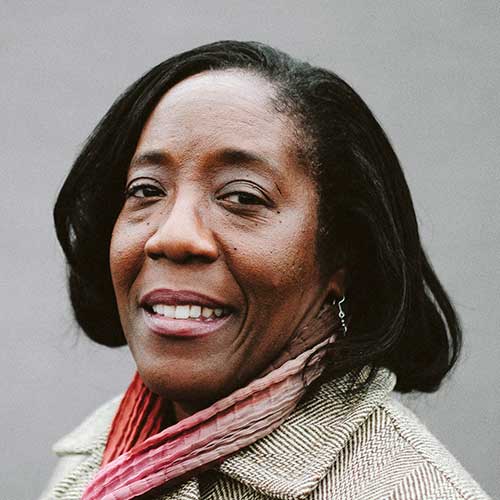PHA releases its first master plan
Description
- June: Under CEO Frank Grosch, PHA releases a Master Plan Update.
- The plan calls for the removal of the fence and says the site can accommodate as many as 680 units.
- The plan states that if the total number of units is increased to 640, it would help close a financing gap.
- The eventual plan update calls for 480 total units (150 units replaced at Section 8 levels, 50 units at below 60% AMI, 30 units between 60-100% AMI, and the remaining 250 units at 100% AMI, market rate)
- The length of the redevelopment process is estimated at 10 years. Cost: $90 million.
- July: Residents object, saying that their desires are not reflected in the master plan.
- Fall: PHA releases a 159-page Master Plan, which calls for at least 600 units: 150 low-income, 80 moderate income, and 370 market-rate units. This, again, is met with shock and dismay by residents.
Quote
This does not feel like a resident-involved process, which is what we were promised.
— Friendship Court Residents Advisory Committee
People
How did you get involved with the resident advisory committee?
How have you seen the community-engagement process evolve?
Do you think mixed-income housing can work with the first generation or does it take a while for it to work?
What was your thinking behind creating a mixed-income and tiered structure for housing in Friendship Court?
How have you seen the committee evolve over the years you’ve been involved?
Frank vs. Sunshine? What were the concerns with the 2016 master plan?
Will intentional mixed-income housing work in Friendship Court?
What do you think of the redevelopment plan? Do you think mixed-income housing will work there?
Have you heard residents with concerns about mixed-income housing in Friendship Court?
Do you have concerns about intentional mixed-income communities?
Do intentionally mixed income communities work in Charlottesville?
Is intentional mixed-income an inadvertent request for assimilation? Why do people assimilate?
Will mixed income housing work in Friendship Court, with wealthier neighbors moving in?
The Reimagining of Friendship Court
The redevelopment of Friendship Court is slated to be the largest new construction of low-income housing undertaken in Charlottesville in more than two decades. The plan alone is groundbreaking, having been directly created by current Section 8 residents in partnership with Piedmont Housing Alliance. City staff calls it the most nuanced and complex plan they’ve ever encountered. It ambitiously attempts to balance promises of zero resident displacement with the city’s broader affordable housing needs, while also calling for hundreds of new, likely higher-income, residents to move in, as residents hope to de-stigmatize the lasting effects of poverty born out of generations of racist government policy and neglect.
This year will be the make-or-break year for Friendship Court’s redevelopment efforts. Millions of dollars in city, federal, and private funding stand between the massive plan and the highly anticipated 2020 groundbreaking. And while the green lights have begun to align and most residents are excited, the plan has its critics — those who call for greater levels of resident autonomy, greater security measures to guard against social and cultural displacement, and greater reparations for past wrongs.
In crafting this project, we’ve tried to tackle all of this and more by separating the longer narratives into five major questions:
Part 1: What is the plan?
Part 2: How did we get here?
Part 3: Does mixed-income housing work?
Part 4: Who does Friendship Court belong to?
Part 5: What’s next?
But we also wanted to give you access to as much of our reporting as possible, so we’ve created a timeline that details the history of this area, dating back 150 years, through the use of more than 130 maps, documents, archived articles, and photographs. Similarly, we wanted you to actually hear each of the two dozen long-form interviews we conducted, and not merely the portions we’ve included in the individual stories. So we’ve included more than 300 audio clips throughout the story: in the articles, the timeline, and on each person’s profile page. Our hope is that with all this, more of the picture will begin to emerge, and that, as we stand ready to make powerful and significant changes in the city, we all can help craft the solutions.

